Car Posters
“In this internet age where hundreds of images are available at the click of a button, it is perhaps difficult to recall a time when the poster was one of the few means of giving a product or an event a visible presence.”
What fun we would have showing every single image in this book—but we can’t! What fun you would have tearing every single image out of this book and stick it on the wall—but you shouldn’t! It’s too nice a book to cannibalize.
If this generously sized 9½ x 13″ book whets your appetite for the real thing you’d have to look no further than the author’s place of work, the L’Estampe Moderne et Sportive gallery in Paris he opened in 1994 after having been a collector for a few years. (Always useful to be able to turn a hobby into a business . . .) As a purveyor of vintage posters, prints, lithographs and advertising signs, Lopez has a large frame of reference so when he says that the selection in this book represents the most important, beautiful, rare and innovative posters, you can be sure he’s looked long and hard.
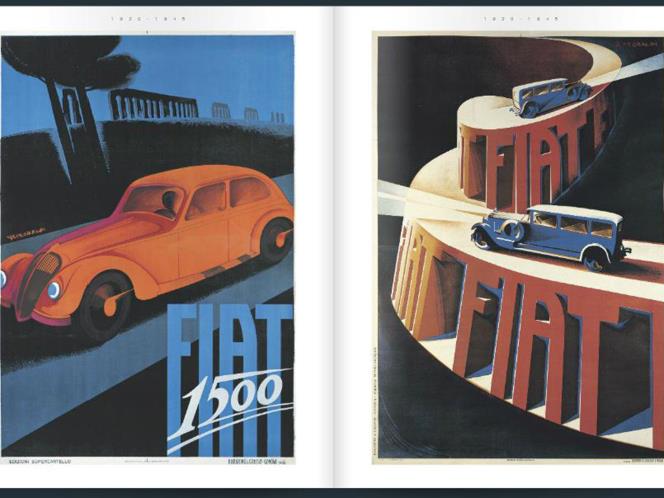 He has gathered here some 200 examples, the earliest from 1890 and the latest from the 1970s. They document the development of the automobile but also the evolution of poster styles in terms of color, graphics, and typefaces. If there is anything self-limiting about Lopez’s choices it is that many posters are by French artists and of French subjects but this is understandable since he works in France and the book was first published in French (2010).
He has gathered here some 200 examples, the earliest from 1890 and the latest from the 1970s. They document the development of the automobile but also the evolution of poster styles in terms of color, graphics, and typefaces. If there is anything self-limiting about Lopez’s choices it is that many posters are by French artists and of French subjects but this is understandable since he works in France and the book was first published in French (2010). 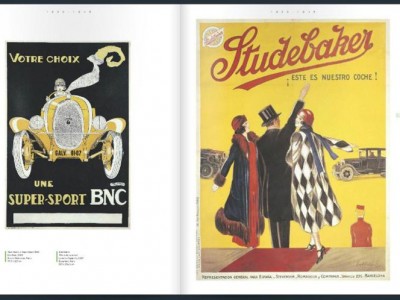 By the same token, US readers may find it particularly entertaining to see US marques in foreign contexts—Buicks in French, Studebakers in Spanish, or Chevrolets in Swiss posters etc.
By the same token, US readers may find it particularly entertaining to see US marques in foreign contexts—Buicks in French, Studebakers in Spanish, or Chevrolets in Swiss posters etc.
Apropos of nothing in particular, if you think that the notion that “sex sells” is a modern invention you may be surprised that already way back in the 1890s laurel-wreathed maidens in diaphanous gowns flashed the occasional bared breast. Frivolity aside, it really is surprising to see several very early posters showing women at the wheel and not just as long-suffering, squeamish passengers.
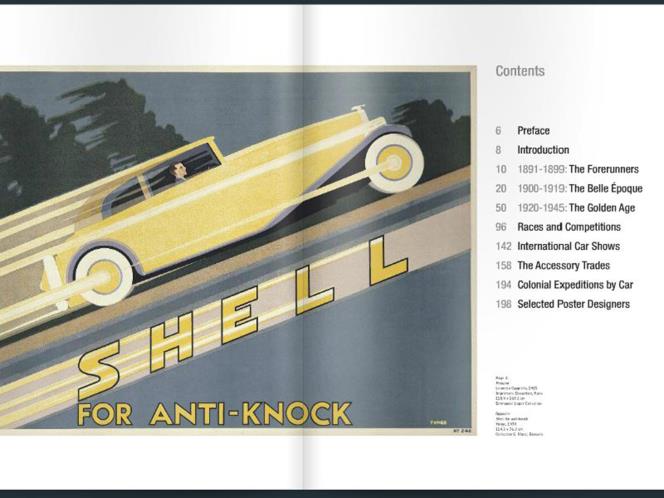 The most excellent Preface, brief as it is, by printer and collector Gérard Marci is lively, sincere, and relevant. Clearly he and the author have a deep interest in the subject matter and the art form. About half the book showcases cars by era, the other half shows races, car shows, accessories (you’ve surely seen Michelin’s famous Bibendum—but probably not smoking a cigar!), and trips (i.e. Citroën’s famous colonial exhibitions). Each chapter is introduced by several pages of commentary about the era, not the artists. For each poster is listed the title, artist, year, printer, size, and source. Nothing is said about what is shown in the artwork so unless the car or the location are part of the poster title, you’re on your own. At the back of the book are 25 mini bios of poster artists; this selection does not include every artist shown in the book.
The most excellent Preface, brief as it is, by printer and collector Gérard Marci is lively, sincere, and relevant. Clearly he and the author have a deep interest in the subject matter and the art form. About half the book showcases cars by era, the other half shows races, car shows, accessories (you’ve surely seen Michelin’s famous Bibendum—but probably not smoking a cigar!), and trips (i.e. Citroën’s famous colonial exhibitions). Each chapter is introduced by several pages of commentary about the era, not the artists. For each poster is listed the title, artist, year, printer, size, and source. Nothing is said about what is shown in the artwork so unless the car or the location are part of the poster title, you’re on your own. At the back of the book are 25 mini bios of poster artists; this selection does not include every artist shown in the book.
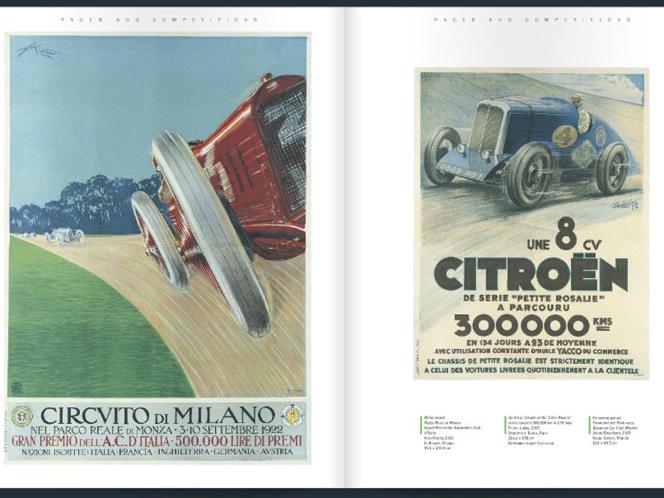 Many of the illustrations are full-page, showing detail to good advantage. Those that are two pages and cross the gutter lose some detail in the middle because the straight spine won’t let the book open fully flat. Print reproduction and overall presentation—paper, printing, substantial binding, printed cover boards—are impeccable.
Many of the illustrations are full-page, showing detail to good advantage. Those that are two pages and cross the gutter lose some detail in the middle because the straight spine won’t let the book open fully flat. Print reproduction and overall presentation—paper, printing, substantial binding, printed cover boards—are impeccable.
The publisher has two similar books about railroads and ocean liners.
Copyright 2024, Sabu Advani (speedreaders.info).



 RSS Feed - Comments
RSS Feed - Comments
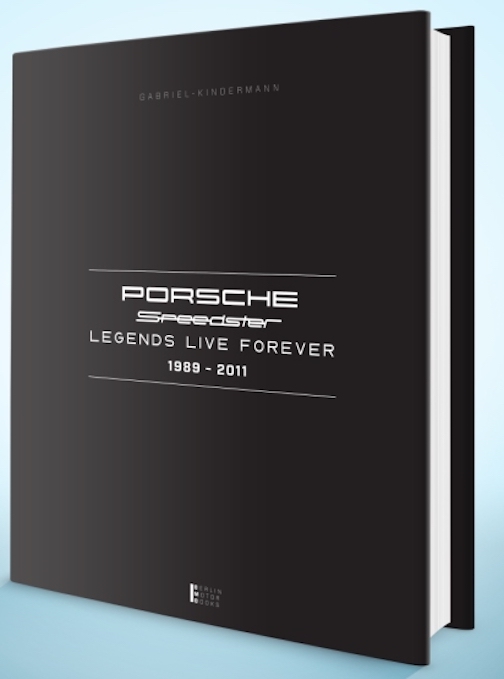





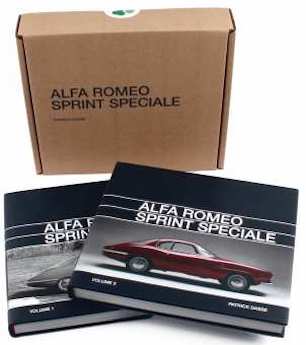
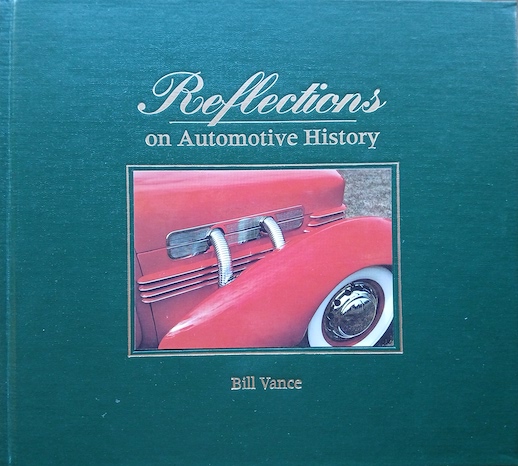


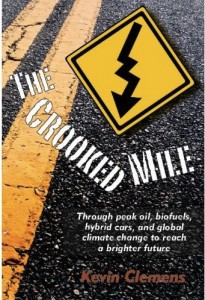


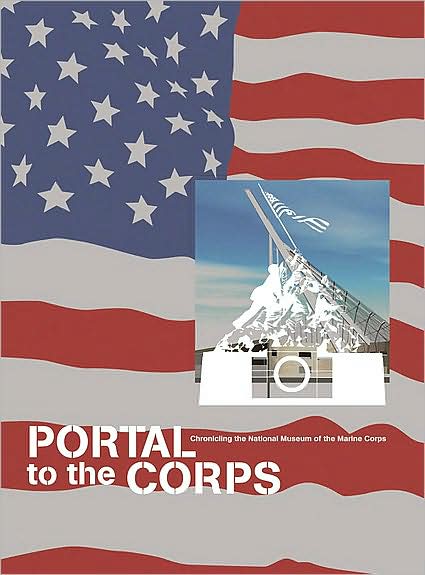

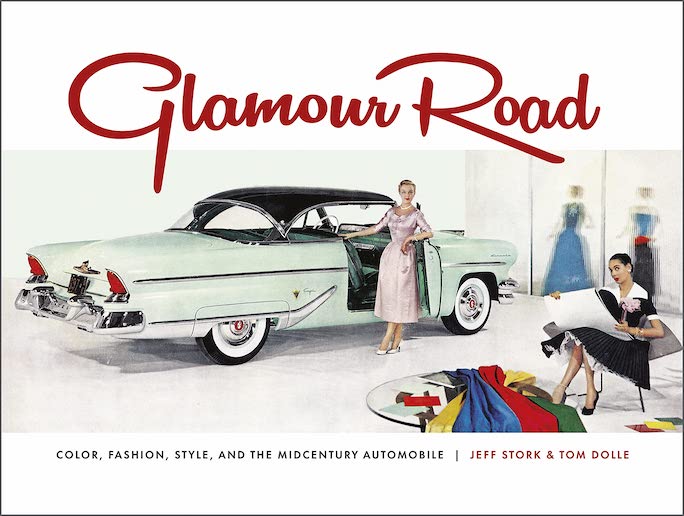
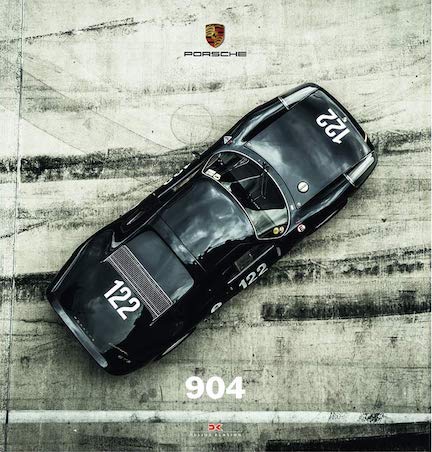
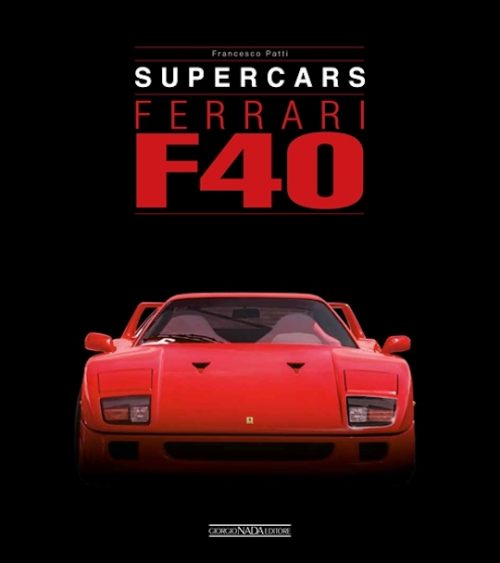
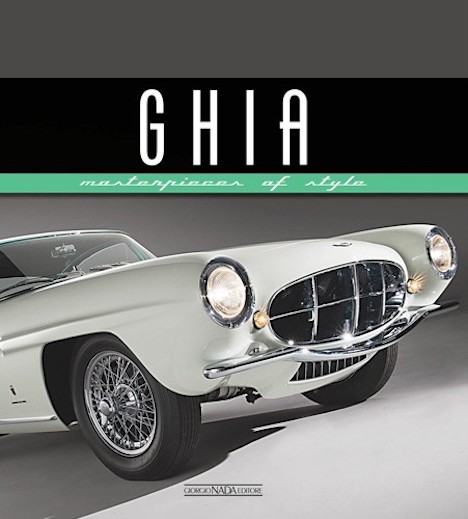

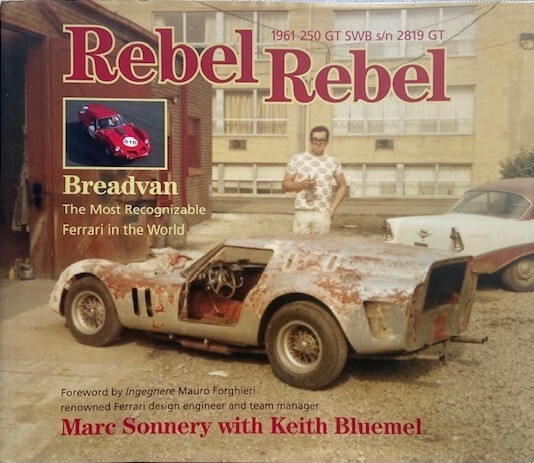


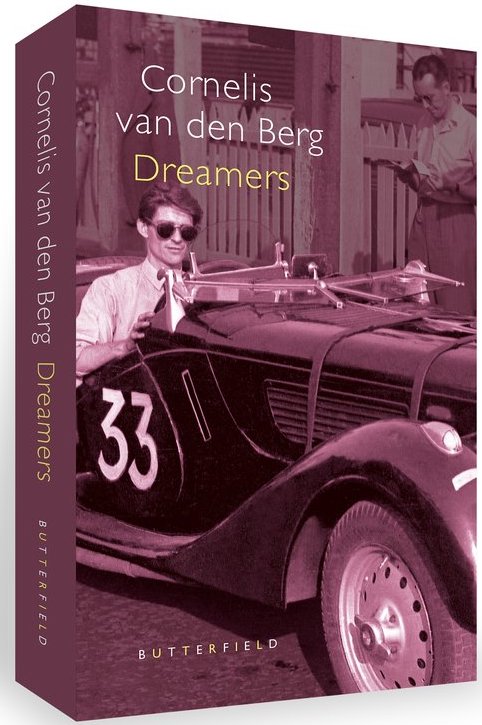

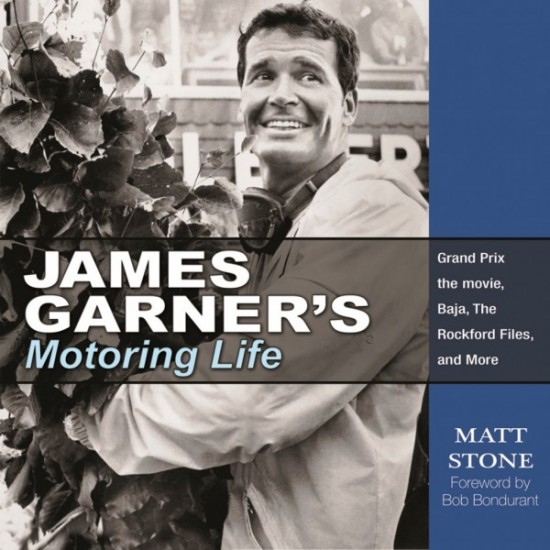


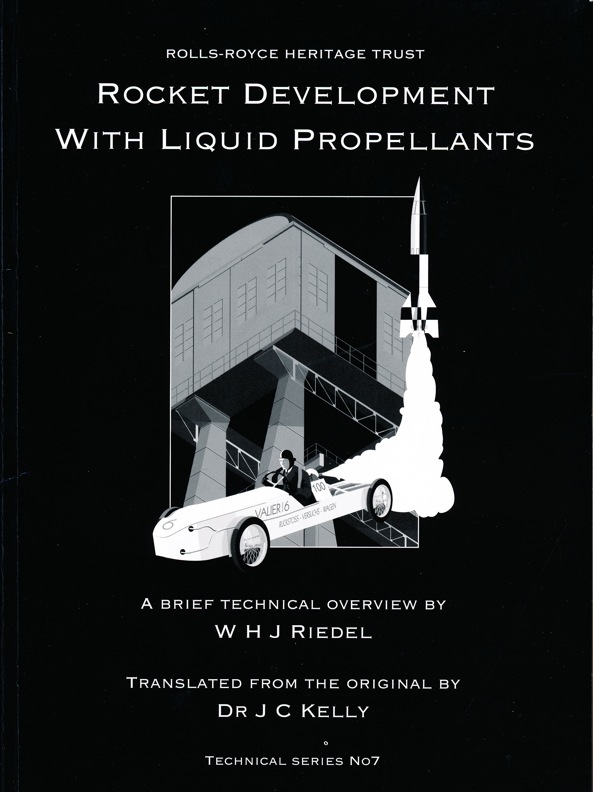
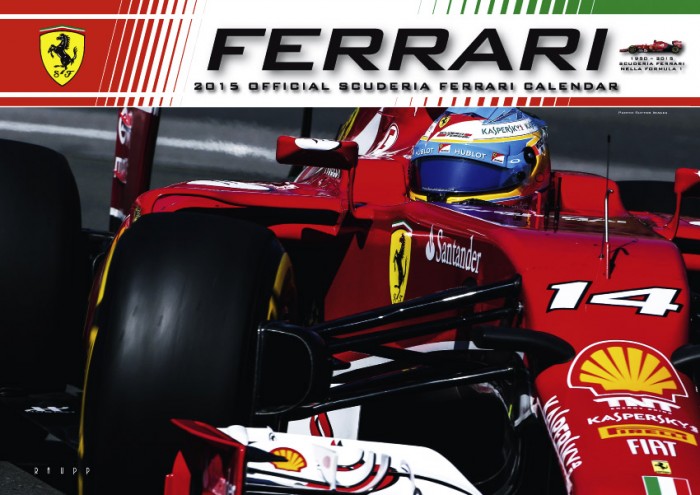

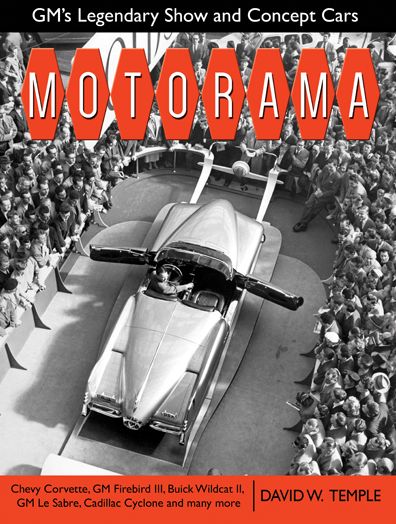



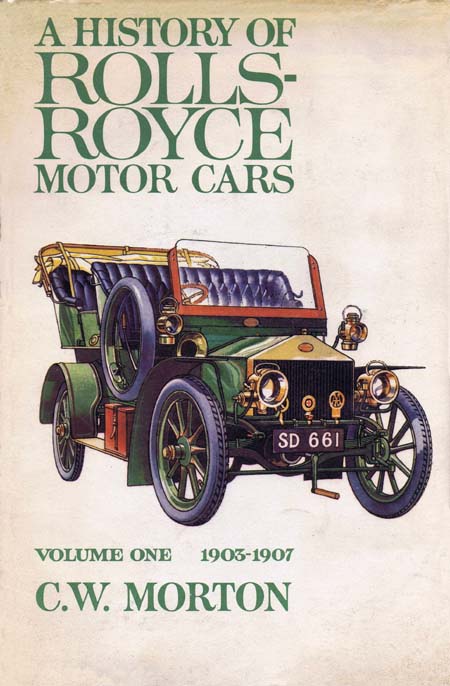

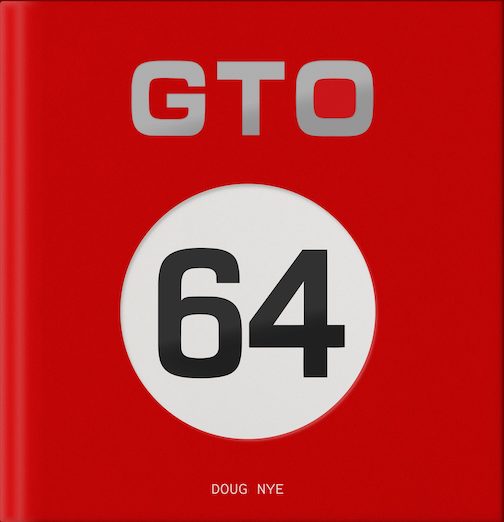


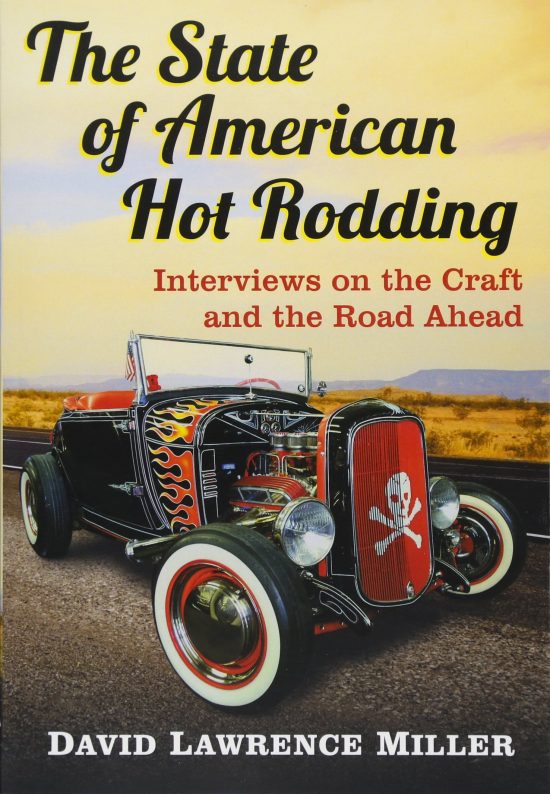




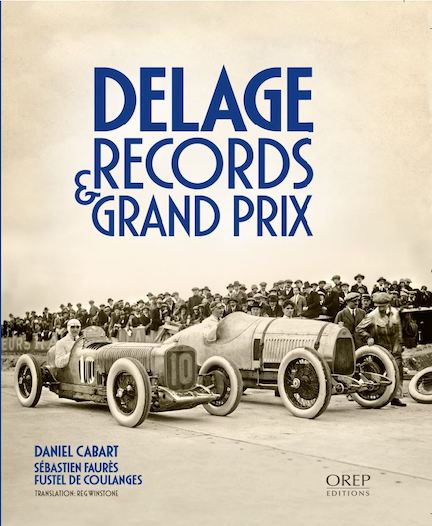
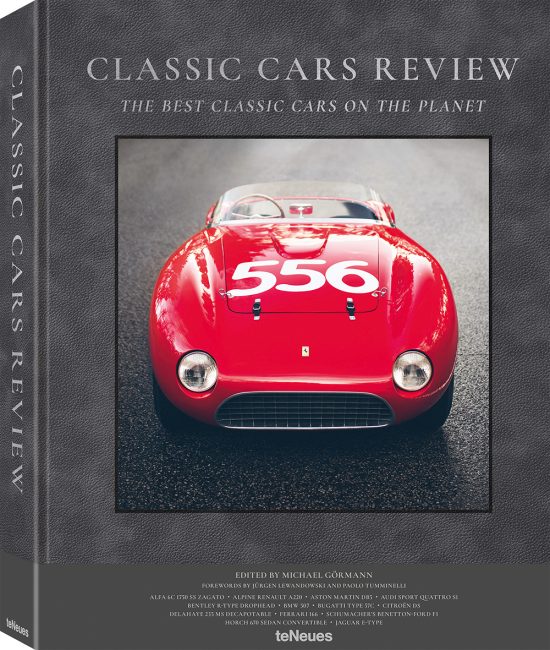
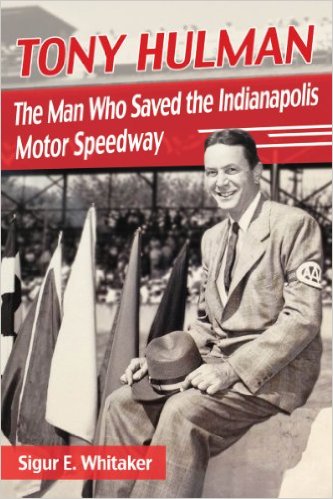
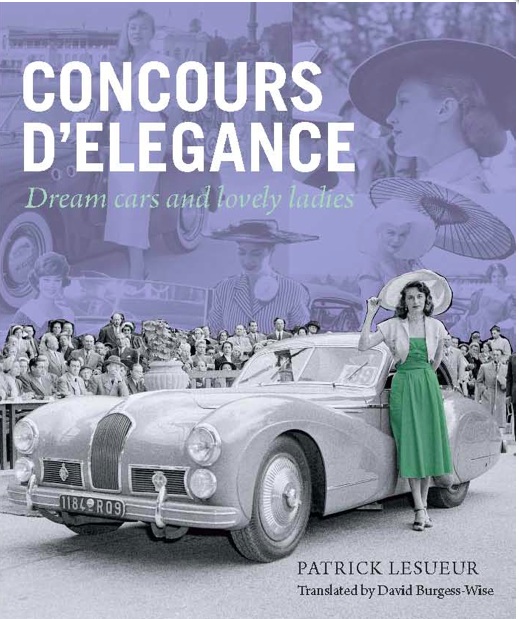
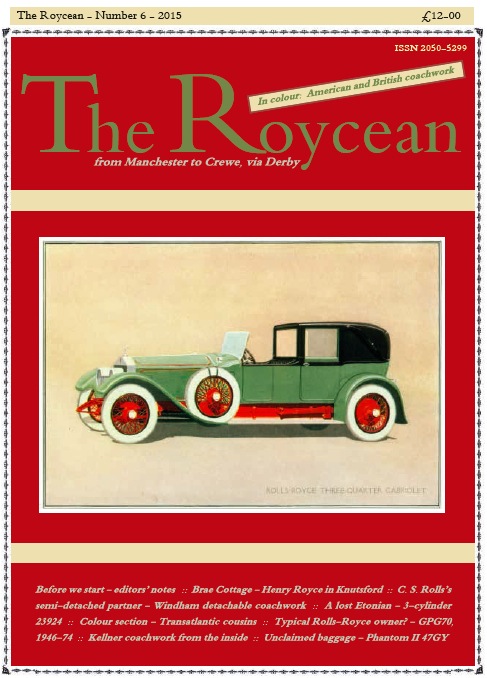
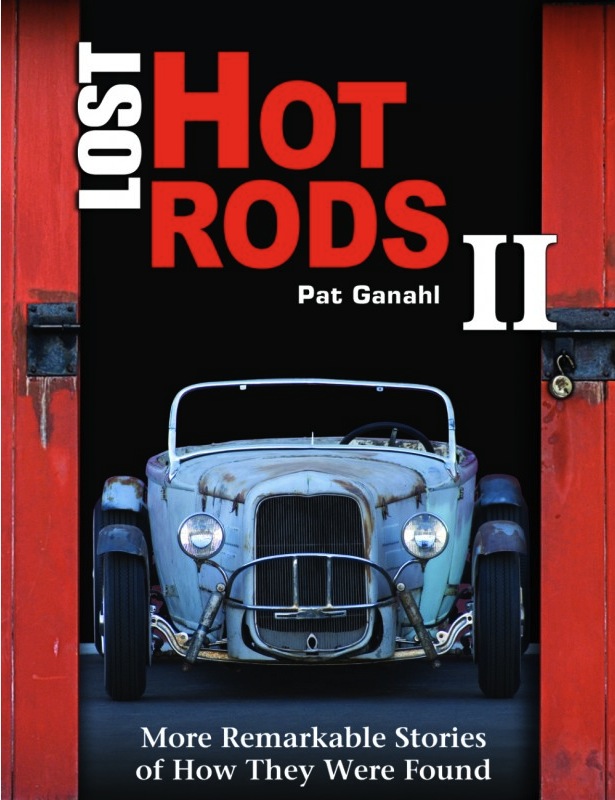

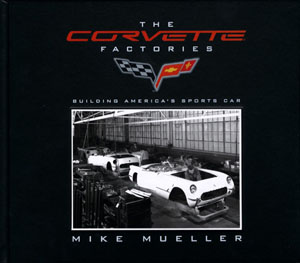
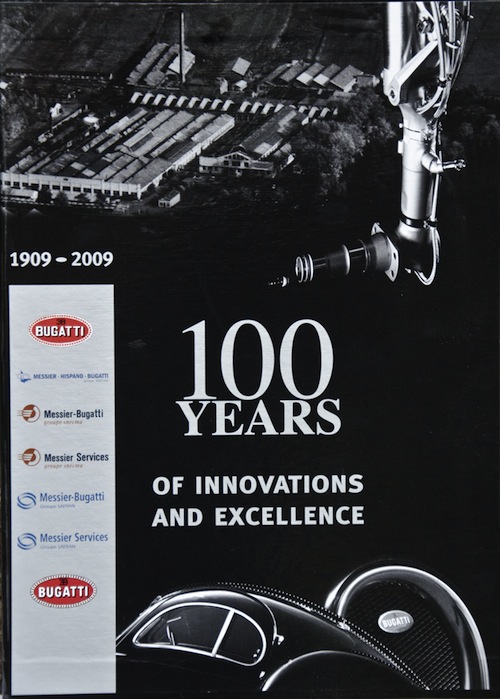

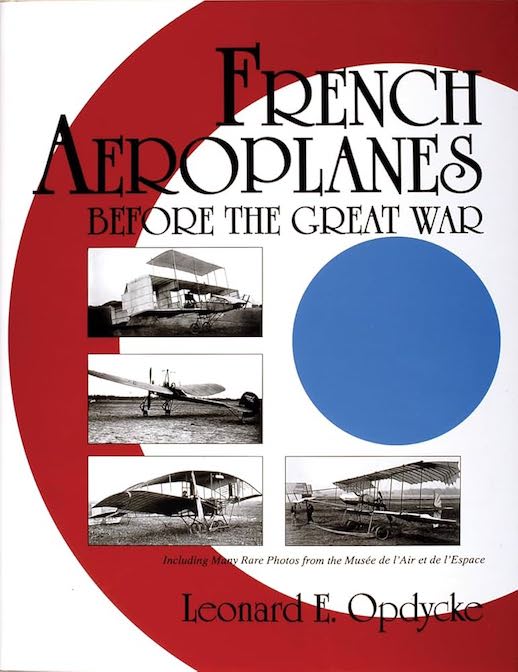



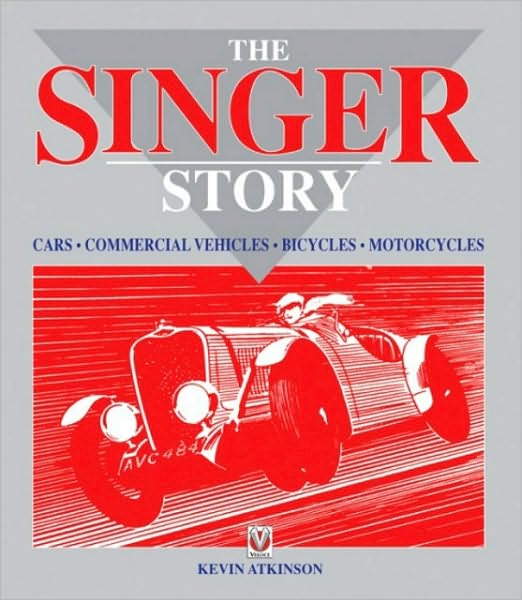



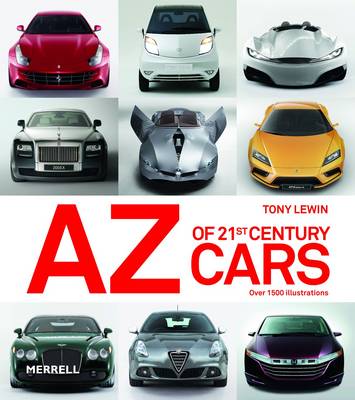
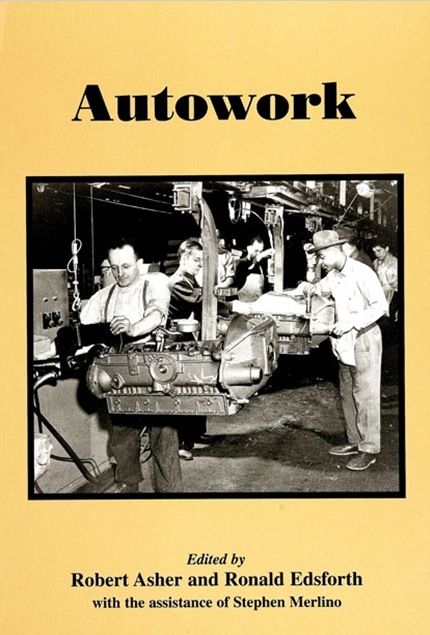





 Phone / Mail / Email
Phone / Mail / Email RSS Feed
RSS Feed Facebook
Facebook Twitter
Twitter